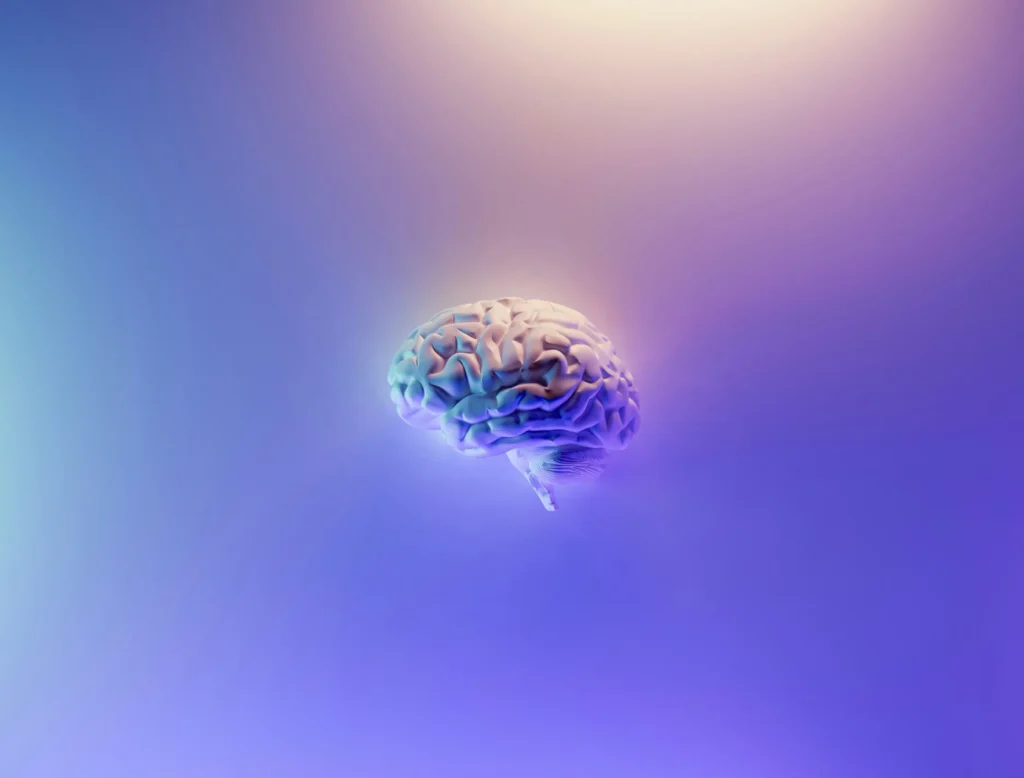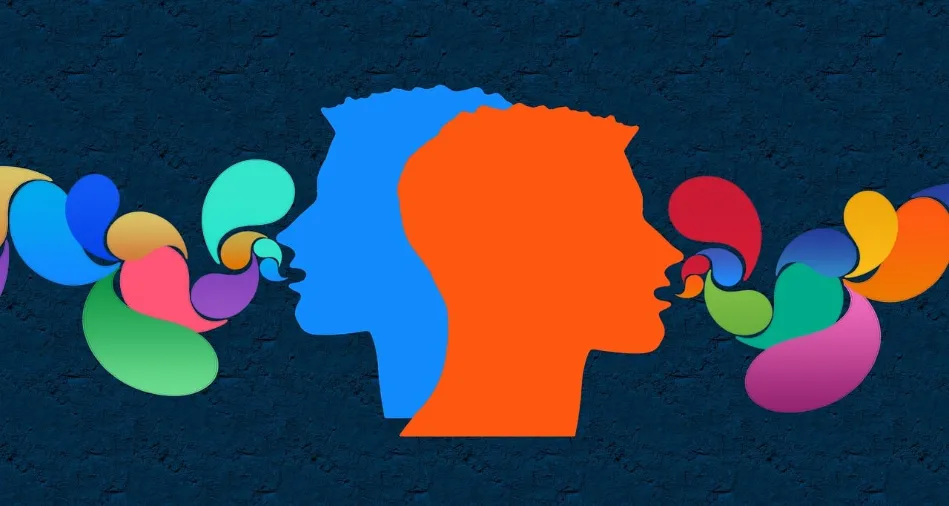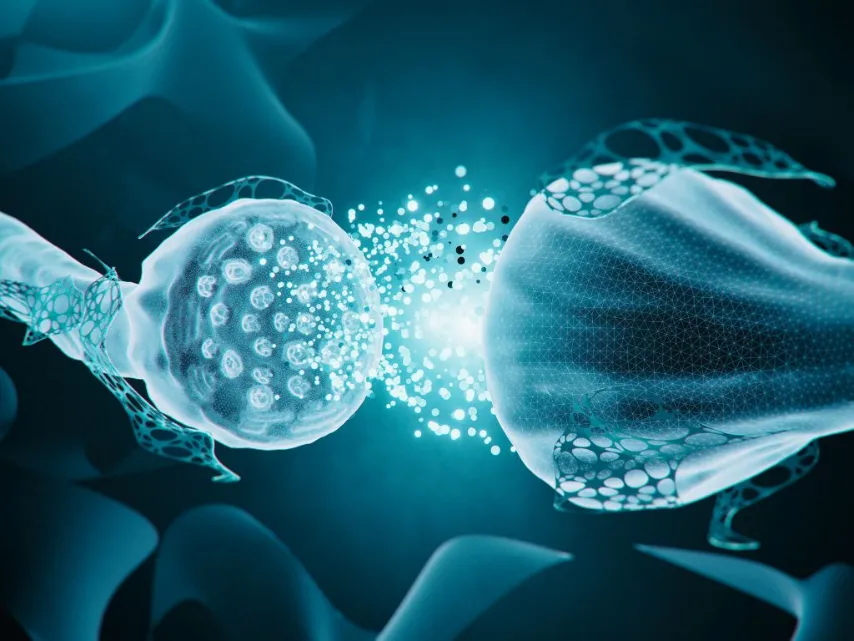[read-time]

The concept of predictive processing is pivotal in understanding how we interact with our environment and make decisions. Essentially, our brain functions as a sophisticated prediction machine, continuously synthesizing past experiences and current sensory input to anticipate future events. This predictive capability allows us to navigate complex surroundings and respond effectively to potential challenges.
At the core of this process are neurobiological mechanisms that involve intricate neural networks. These networks are essential for rapidly processing information, enabling the brain to formulate expectations based on available data. For instance, when walking through a crowded space, your brain draws upon past experiences of similar environments, assessing potential obstacles and predicting the movements of others. The ability to make these assessments is critical for efficient decision-making and responsiveness to the world around us.
The predictive nature of our brain relies heavily on neural activity patterns associated with various senses. When we encounter new stimuli, our brain rapidly compares them with stored memories, thus generating predictions about what might occur next. This system allows for quick reactions, often without conscious thought. Such an automatic response is vital for survival, allowing individuals to react to dangers, such as a fast-approaching vehicle, without needing to deliberate over the best course of action.
In addition to sensory input, the brain also employs feedback mechanisms, adjusting its predictions as new information becomes available. This dynamic process underscores the brain’s remarkable adaptability, constantly refining its anticipatory abilities based on experience and learning. Consequently, understanding the predictive brain enhances our comprehension of human behavior, cognitive functions, and the critical role of neural networks in our everyday experiences.
The Ball-Catching Phenomenon: An Example of Predictive Processing
The ability to catch a ball is a remarkable example of how the brain engages in predictive processing. When a ball is thrown toward an individual, several sensory inputs converge to facilitate an immediate reaction. The brain does not merely receive visual stimuli but actively interprets these signals to forecast the ball’s trajectory, velocity, and point of interception. This dynamic process exemplifies the anticipation concept embedded within our neural architecture.
Upon spotting a ball in motion, the visual system activates a network of neurons that calculate the ball’s path based on its initial speed and angle. Rather than waiting for the ball to reach optimal proximity, the brain computes a predictive model, enabling the individual to position themselves effectively. This anticipatory mechanism significantly enhances the likelihood of a successful catch, showcasing how the brain’s predictive capabilities transcend mere reaction time.
The integration of sensory and motor functions is crucial in this scenario. The visual cortex processes the observed motion while the parietal lobe assists in spatial awareness. As the brain constructs a mental image of the ball’s trajectory, it concurrently prepares the appropriate motor response. This dual processing illustrates the seamless coordination between perception and action. The brain continuously refines its predictive capabilities through prior experiences, adapting its responses based on context such as distance and environmental factors.
In traditional models, the brain was often depicted as a passive entity, responding solely to external stimuli. However, the ball-catching phenomenon highlights the active role of the brain in anticipation, revealing an intricate interplay between perception, prediction, and motor control. This paradigm shift in understanding emphasizes that our cognitive processes are not only reactive but, rather, anticipatory in nature, enabling us to interact efficiently with an ever-changing environment.
The Illusion of Reaction Time: Beyond The Camera Analogy
The common analogy of the brain functioning as a camera, passively capturing images of our surroundings, is fundamentally flawed when it comes to understanding our reaction times. This metaphor implies a linear process where stimuli are taken in, processed, and responded to in a sequential manner. However, recent research sheds light on the intricacies of brain function, suggesting that our reactions are far from being mere reflexes triggered by external stimuli. When an individual catches a ball, for instance, it may seem like a rapid response, but the mechanisms at play involve complex anticipatory processes that occur prior to the actual event.
The brain continuously engages in predictive modeling, using past experiences and sensory information to forecast possible future events. This anticipatory capacity enables individuals to react almost instantaneously, as the nervous system has already formulated a response before conscious awareness kicks in. Neuroimaging studies have demonstrated that brain activity related to movement preparation occurs before the person consciously perceives the stimulus, supporting the notion that our reactions can be misleadingly perceived as instantaneous responses. What appears to be a reflexive agreement between our senses and actions is actually a well-orchestrated sequence of anticipatory signals, which allows us to navigate our environments effectively.
This understanding challenges the simplistic view of the brain as a passive observer, highlighting instead its role as an active participant in shaping our experiences. Anticipation becomes a crucial component; our brains are constantly assessing probabilities and potential outcomes, thereby allowing us to engage with the world in a more dynamic manner. With this perspective, we can appreciate the depth of cognitive processes involved in our reactions, leading us to realize that the experience of “reaction time” is largely an illusion crafted by the brain’s capacity to predict and initiate responses ahead of time. This ongoing dialogue between anticipation and action underscores the remarkable sophistication of human cognition.
Implications of Predictive Processing in Everyday Life
The concept of predictive processing has profound implications in our daily experiences, influencing how we interact with the world around us. Our brains constantly create models based on past experiences to anticipate future events, effectively functioning as predictive engines. This mechanism plays a critical role in a wide range of activities, from the mundane to the complex. For instance, driving is a prime example where predictive processing is crucial. As drivers navigate through traffic, their minds forecast the movements of other vehicles and pedestrians, allowing for timely reactions that ensure safety and efficiency.
Sports and physical activities also heavily rely on these predictive capabilities. Athletes continuously assess and anticipate the actions of opponents and team members, enabling them to react swiftly and strategically during competitions. This anticipatory skill set not only enhances performance but also fosters a deeper understanding of the game dynamics. Practicing these anticipatory skills can significantly improve an athlete’s ability to make split-second decisions, thus influencing the outcome of a match or event.
Beyond physical interactions, predictive processing significantly shapes social interactions. It aids in interpreting verbal and non-verbal cues, helping individuals predict how others may respond in various situations. This ability to foresee social outcomes can lead to more effective communication and stronger relationships. Additionally, in the field of education, understanding how students use predictions to learn can inform teaching methods. Educators can devise strategies that align with students’ predictive models, thereby enhancing engagement and comprehension.
As technology continues to evolve, there is a growing interest in artificial intelligence systems that mimic human predictive processing. By understanding how the brain forecasts actions and reactions, researchers can develop algorithms that improve human-computer interactions and automate tasks more effectively. Overall, recognizing the implications of predictive processing not only enriches our understanding of human behavior but also opens doors for applications across various fields, fostering enhanced performance and decision-making.
It’s time to dive into the world of personality color traits. Click below to find out your predominant traits!
Feel free to leave a comment below; we love to hear from you!











